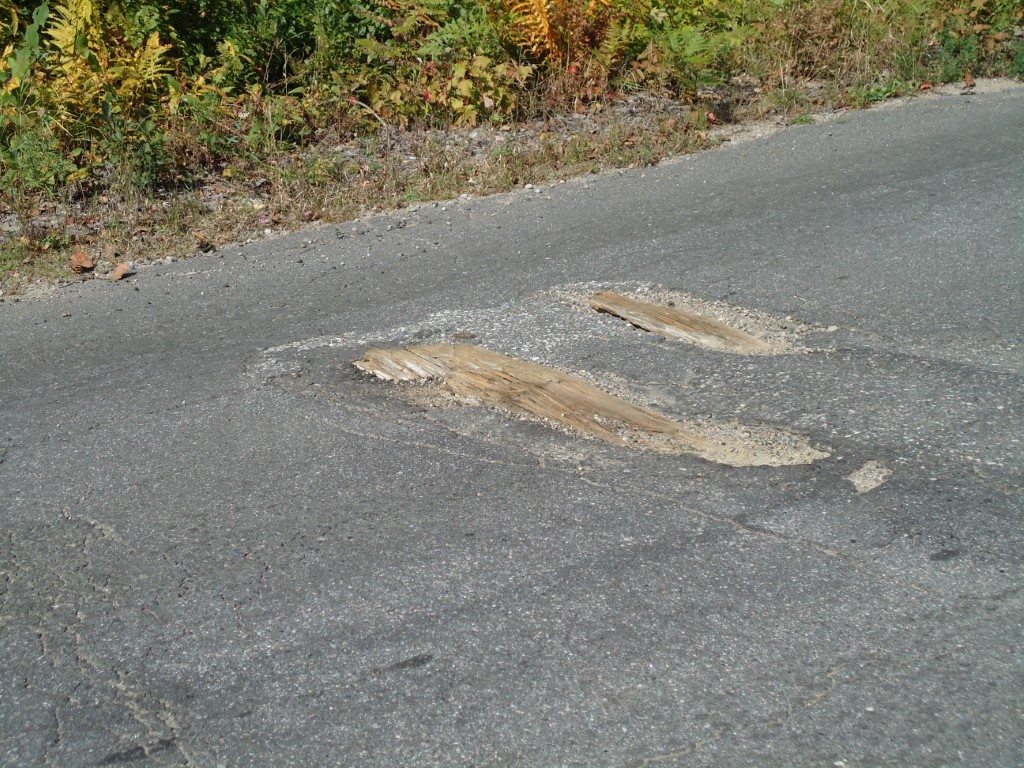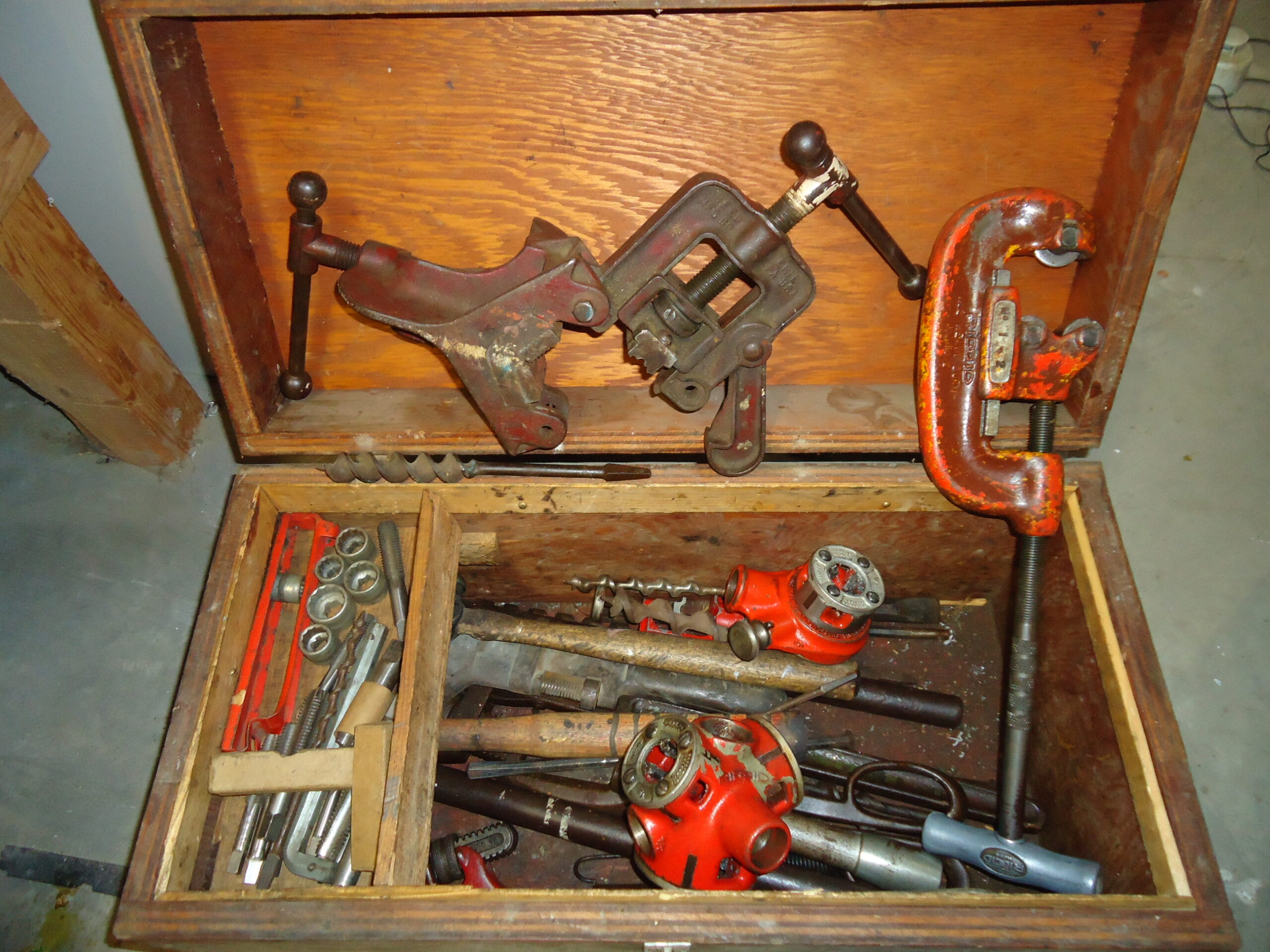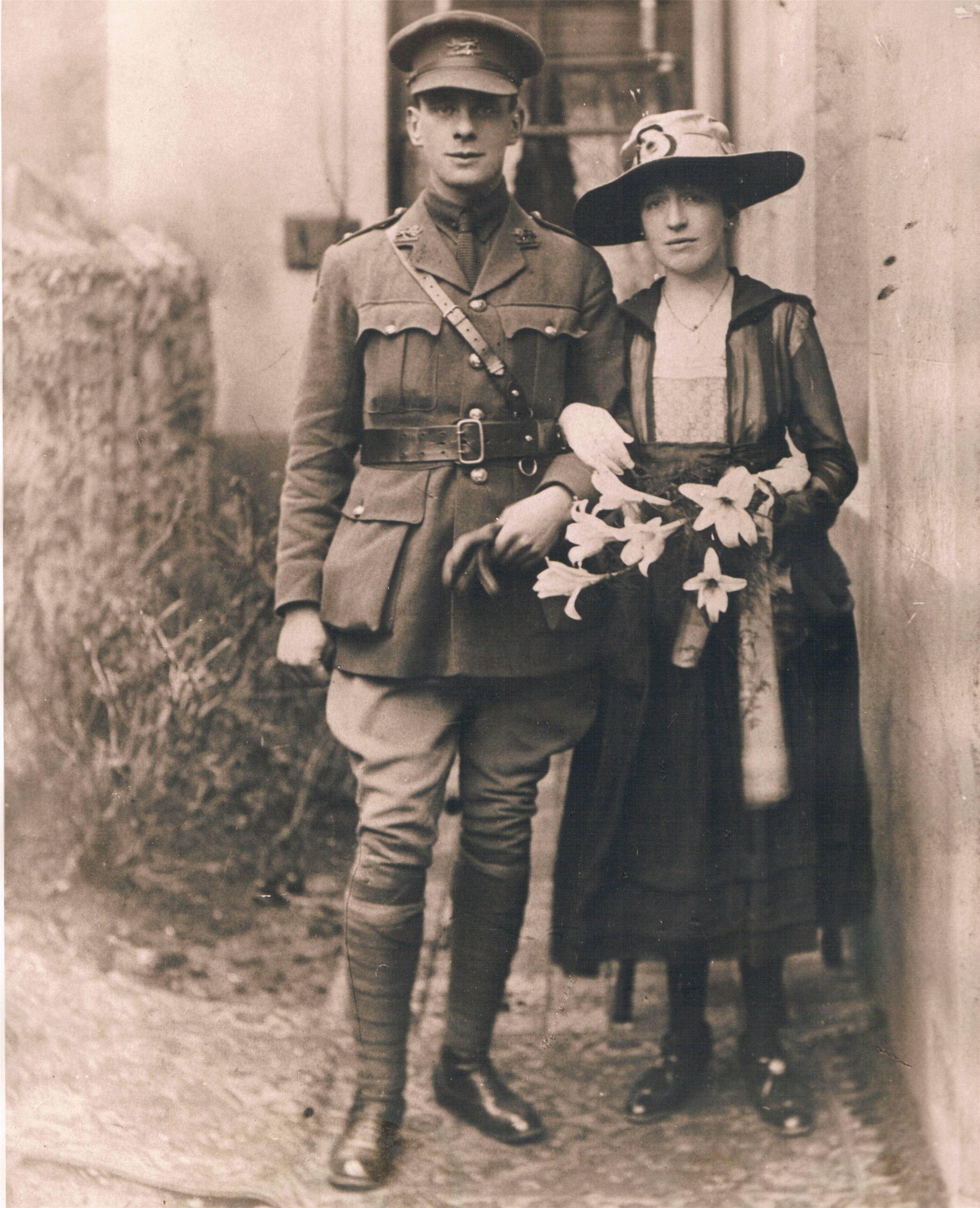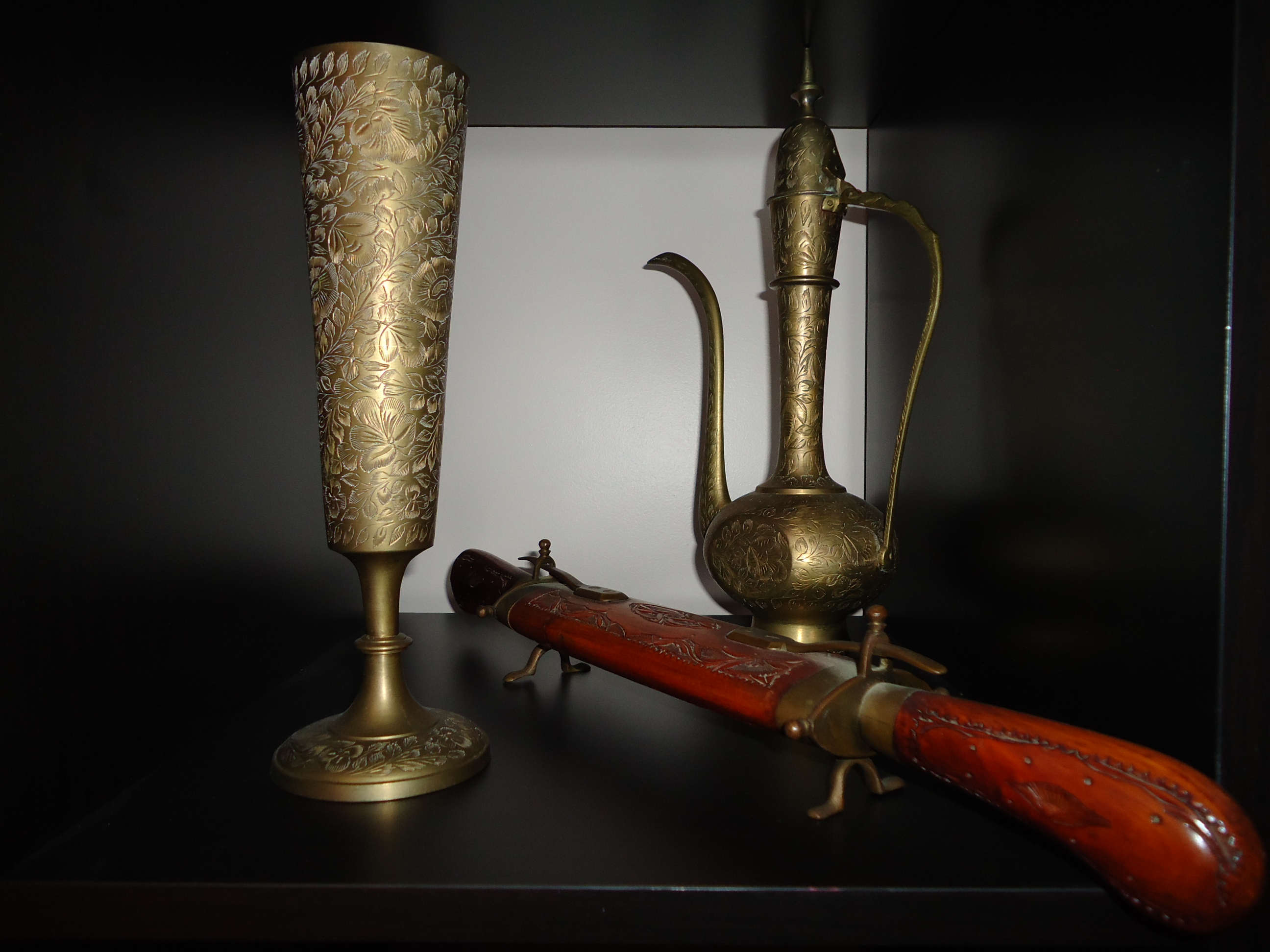THE PAST IS NEVER FAR AWAY
On a stretch of the Old Muskoka Road just north of Utterson, a few pieces of corduroy have heaved their way to the surface. “Corduroy” refers to the logs set cross-ways on a pioneer road, usually in the more boggy sections. Certainly the area between Utterson and Allensville is particularly low, so it makes sense there would have been a need for corduroy here.

I’m always thrilled to step on an actual piece of the road trod by many of the people I wrote about: Harriet King, Florence Kinton and others travelled this section of the road.
Last weekend, I listened with a smile as the people who live on the road today warned visitors that the road is twisty, full of potholes and dangerous cracks and needs to be travelled carefully. In fact, some helpful neighbours have drawn squiggly yellow lines on top of the worst humps and written CAUTION with arrows in several spots to warn drivers. I’m sure if the stagecoach drivers of the 1800s could have scrawled something in the dirt path to warn others of the perils of the road, they would have. As I’ve said many times when summing up the story of this road: “the road was awful; it was always awful; the end.” And so history continues in a modern form!
In Torrence, the Muskoka Conservancy owns a protected tract of land where an old growth pine tree stands. Botanists estimate it’s about 150 years old. So when the Muskoka Road was just being hacked out at its starting point a few kilometers to the southeast in Washago, this tree was the mere sprout of an acorn. It somehow survived the 19th century logging as well as a widespread fire in the 1930s to grow to a girth of 1.2 metres (almost four feet) at its base and a height of easily 15 metres (50 feet.) I gazed up into the canopy and tried to imagine a tree twice that girth and 25 metres – 82 feet – tall. That’s what Muskoka’s original old growth forests held when the first pioneers arrived… with their hand axes for tree chopping.
I love when the past shows glimpses of itself! These log pieces and this massive pine remind me that we are never far from our pasts… as individuals or as districts.





